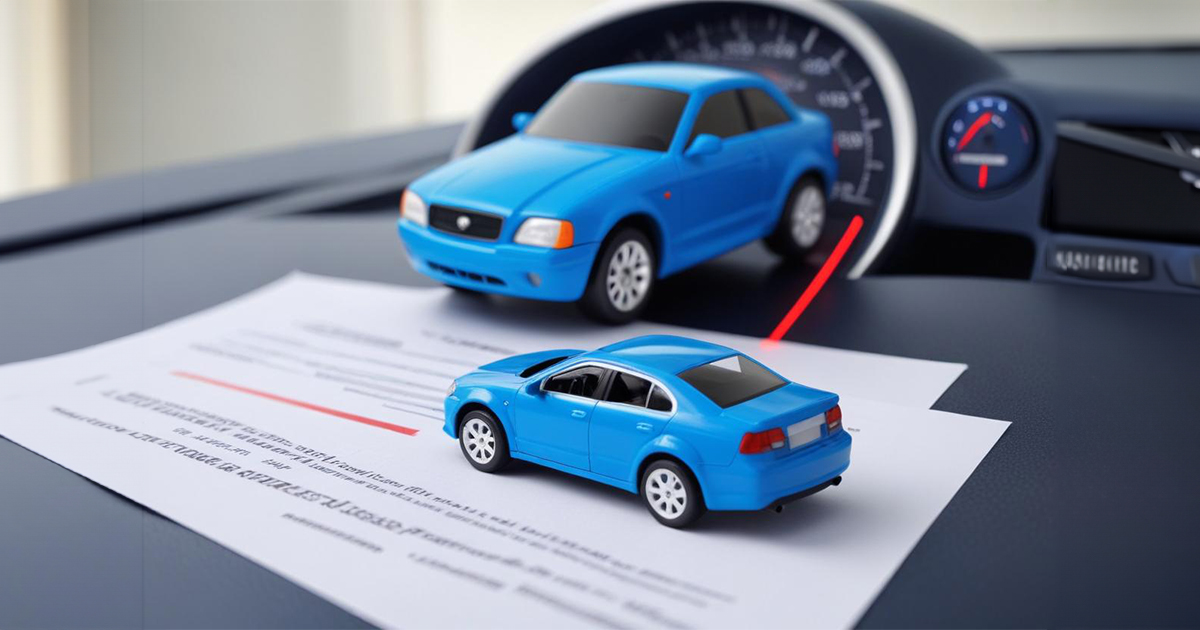Car insurance is an essential financial tool for every driver. It helps protect you from significant financial losses in case of an accident, theft, or damage to your vehicle. While car insurance may seem complicated at first, understanding how it works and what coverage you truly need can help you make informed decisions and ensure you’re adequately protected.
In this article, we’ll explain how car insurance works and explore the various types of coverage available to help you decide what’s right for your situation.
1. What is Car Insurance and Why is it Important?
Car insurance is a contract between you and an insurance company that helps protect you financially in case of an accident or damage to your vehicle. In exchange for paying a premium, the insurance company agrees to cover certain types of costs related to accidents, damages, or theft, depending on the policy and coverage options.
1.1 Why You Need Car Insurance
Having car insurance is mandatory in most places to legally drive on the road. It ensures that you can cover costs associated with accidents or damages that may occur while driving, whether you’re at fault or not. Car insurance can also help protect you from the financial burden of medical expenses, car repairs, or legal costs that arise due to an accident.
In some regions, failing to have car insurance can result in fines, penalties, and even license suspension, making it crucial to have the right coverage to comply with the law.
2. How Does Car Insurance Work?
When you purchase car insurance, you enter into a contract with the insurance company, agreeing to pay a premium (a set amount of money) in exchange for the coverage it provides. In the event of an accident or another incident that your policy covers, the insurance company will pay for some or all of the associated costs, up to the limits of your policy.
2.1 Premiums, Deductibles, and Coverage Limits
- Premium: The amount you pay for your car insurance, usually on a monthly, semi-annual, or annual basis. The amount of your premium can vary based on factors such as your driving history, the type of car you drive, your location, and the amount of coverage you choose.
- Deductible: This is the amount of money you must pay out of pocket before your insurance coverage kicks in after a claim. For example, if you have a $500 deductible and you cause $2,000 worth of damage in an accident, you’ll pay the first $500, and your insurance company will cover the remaining $1,500 (if your policy includes that type of coverage).
- Coverage Limit: This refers to the maximum amount the insurance company will pay for a covered event. Once the coverage limit is reached, you’ll be responsible for paying any additional expenses.
When you file a claim, the insurance company will assess the situation and determine how much it will pay based on your policy’s coverage limits and deductibles. Keep in mind that if you’re at fault in an accident, your insurance may only cover your costs up to the limits of your policy.
3. Types of Car Insurance Coverage
Car insurance policies come with a range of coverage options, each designed to protect you from different types of risks. Understanding these coverages will help you choose the ones that make the most sense for your needs.
3.1 Liability Coverage
Liability insurance is typically required by law, and it helps cover the costs associated with injuries or property damage that you cause to other people in an accident. It’s broken into two main components:
- Bodily Injury Liability: Covers medical expenses, lost wages, and other costs incurred by the other party due to an accident you caused. It also pays for legal costs if you’re sued as a result of the accident.
- Property Damage Liability: Covers the cost of repairing or replacing someone else’s property (like their vehicle, fence, or building) that you damage in an accident.
Liability coverage is typically required by law, and the minimum amount required varies by state or country. However, it’s often a good idea to purchase higher coverage limits to ensure that you’re fully protected in the event of a serious accident.
3.2 Collision Coverage
Collision coverage helps pay for repairs to your vehicle if it’s damaged in an accident, regardless of who is at fault. For example, if you crash into a tree or another car, collision coverage would help pay for the damage to your car.
- When you need it: Collision coverage is especially important if you have a newer or more expensive car, or if you still owe money on a car loan or lease. It can help prevent significant out-of-pocket expenses in case of an accident.
If your car is older or has a low market value, you may decide that collision coverage isn’t necessary, as the potential payout might not justify the cost of the premium.
3.3 Comprehensive Coverage
Comprehensive coverage protects you from non-collision-related incidents, such as theft, vandalism, natural disasters, or hitting an animal. It’s designed to cover damage to your car that isn’t the result of an accident.
- What it covers: This could include damage from weather events (e.g., hail), falling tree branches, fire, or even a broken windshield.
- When you need it: Comprehensive coverage is often recommended if you own a newer or high-value vehicle. It’s also a good option for those who live in areas prone to natural disasters or theft.
As with collision coverage, if you drive an older car that’s not worth much, you may choose to skip comprehensive coverage to reduce your premium costs.
3.4 Uninsured/Underinsured Motorist Coverage
Uninsured or underinsured motorist coverage helps protect you if you’re involved in an accident with a driver who doesn’t have enough insurance or no insurance at all. This coverage can help pay for medical bills, car repairs, and other costs if the at-fault driver is unable to cover those expenses.
- What it covers: It typically covers bodily injury and, in some cases, property damage.
- When you need it: If you live in an area with a high number of uninsured or underinsured drivers, this coverage can be particularly important. It’s also useful if you don’t want to bear the financial burden of an accident caused by another driver who lacks adequate insurance.
3.5 Personal Injury Protection (PIP) or Medical Payments (MedPay)
Personal Injury Protection (PIP) and Medical Payments (MedPay) coverage help cover medical expenses for you and your passengers, regardless of who was at fault in the accident.
- What it covers: PIP typically includes medical expenses, lost wages, and other costs like rehabilitation or funeral expenses, while MedPay primarily covers medical bills.
- When you need it: PIP is required in some states (No-Fault states), but even if it’s not required, it can be helpful if you don’t have good health insurance or if you want additional coverage for medical costs in case of an accident.
3.6 Roadside Assistance and Rental Reimbursement
These are optional add-ons that can offer extra peace of mind in the event of a breakdown or accident.
- Roadside Assistance: Provides services like towing, battery jumps, flat tire changes, and lock-out assistance if your car breaks down or you need help on the road.
- Rental Reimbursement: Helps pay for the cost of renting a car if your vehicle is being repaired due to a covered accident.
These optional coverages can be helpful for drivers who want added convenience and protection in case of unexpected events.
4. What Coverage Do You Really Need?
The coverage you need will depend on several factors, including your financial situation, the value of your car, and your state’s insurance requirements. Here’s a breakdown of what you may want to consider:
- Required Coverage: At a minimum, you’ll need liability coverage to meet state laws. This includes both bodily injury and property damage liability.
- Optional Coverage: If your car is valuable or if you don’t want to risk paying for repairs out of pocket, collision and comprehensive coverage are good choices. If you drive in an area with many uninsured drivers, consider adding uninsured/underinsured motorist coverage.
- Budget: The more coverage you add, the higher your premium will be. It’s important to balance your coverage needs with your budget. In some cases, you may be able to skip certain coverage if your car is older or has a low market value.
Conclusion
Car insurance is essential for protecting yourself from financial loss in the event of an accident, theft, or damage to your vehicle. Understanding how car insurance works and the types of coverage available can help you make informed decisions about your policy. While liability coverage is usually required by law, additional coverage options such as collision, comprehensive, and uninsured motorist coverage provide extra protection for your peace of mind.
Ultimately, the coverage you need will depend on your specific circumstances, including the value of your car, your budget, and your location. By reviewing your options and understanding the types of protection available, you can ensure that you have the right car insurance to meet your needs and avoid potential financial hardships.


lightroom crack
adobe photoshop crack
acrobat crack
adobe acrobat crack
premiere pro crack
adobe premiere pro crack
filmora crack
filmora crack 2025
Lightroom crack
adobe Lightroom free download
disk drill crack
JetBrains crack
JetBrains PyCharm crack